BuySellBA
Administrator
Cold wave: How to insulate your home windows to prevent cold weather from entering - La Nacion Propiedades

Source:
Cómo aislar las ventanas del frío
Frente al creciente frío que se instaló en estos días en Buenos Aires, arquitectos y diseñadores de interiores comparten consejos para mantener las ventanas de la casa aisladas del frío
July 11, 2024
In the face of the increasing cold that has settled in these days in Buenos Aires, architects and interior designers share tips to keep the windows of the house insulated from the cold
By Maria Josefina Lanzi
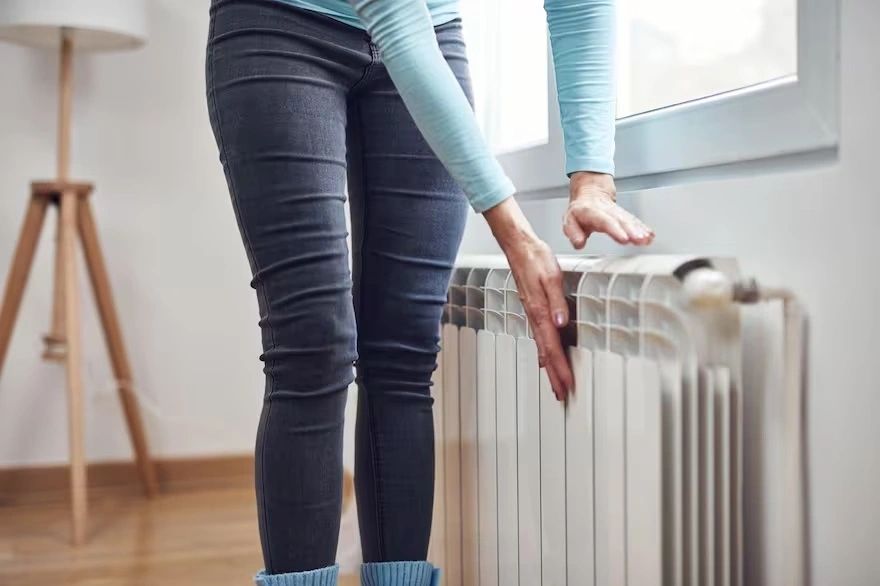
Design and architecture experts offer tips for insulating windows from the cold and keeping your home warm
In the middle of a winter week in the City , where minimum temperatures of 0°C or even below zero are expected , the National Meteorological Service (SMN) issued a red alert for the cold in Buenos Aires for this Wednesday. In this context, some are wondering how to keep the cold out of the windows and out of the house.
“To keep the cold away from windows , the best option is those with Double Hermetic Glazing (DVH), which guarantee excellent insulation. However, if the windows are ordinary, there are several actions that can be taken to improve their insulation,” says Fátima Bandeira, designer and founder of FA Interiores.
Should I use weatherstripping?
An economical solution to keep the cold out of your home, without having to undertake new and complex work, is to install weather stripping. These are rubber or foam strips that are installed on the edges of the windows and help to improve insulation from the cold.They are easy to install and, in this way, air and water leaks are avoided through any gaps that may exist. “In addition, it is advisable to use expanded polyurethane to fill any large space or gap around the window frames . This material expands and seals well, avoiding cold air leaks,” adds Bandeira.
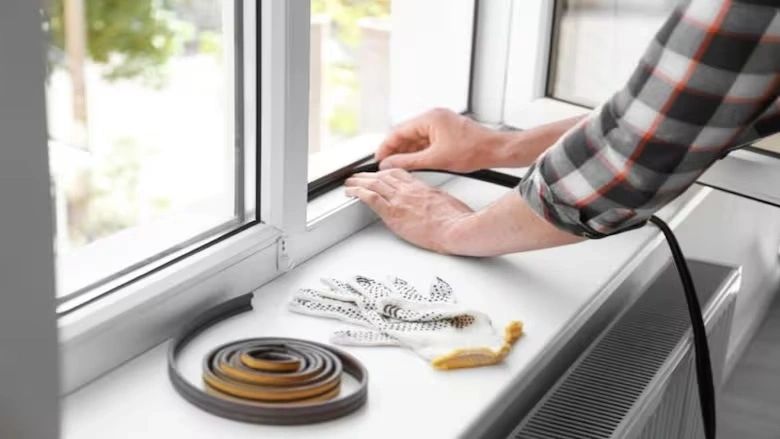
Weatherstripping helps to insulate the house from the cold
How to use blinds and curtains?
Bandeira also suggests using thermal curtains and making good use of blinds to preserve heat at night: “It is advisable to close them when the sun is no longer warm and the day is ending, to maintain the accumulated temperature.” Blinds, in addition to being a good insulator, perform a security function. When choosing them, it is important to keep in mind both the material they are made of and their thickness.As for curtains, there is also the possibility of using “double curtains” : “One option is to install thick fabric curtains that have a blackout layer on the back. Another alternative is to combine a blackout roller with fabric curtains in front that can be drawn. This installation helps to keep the heat in and the cold out, as well as adding a decorative touch to the house,” adds the designer.
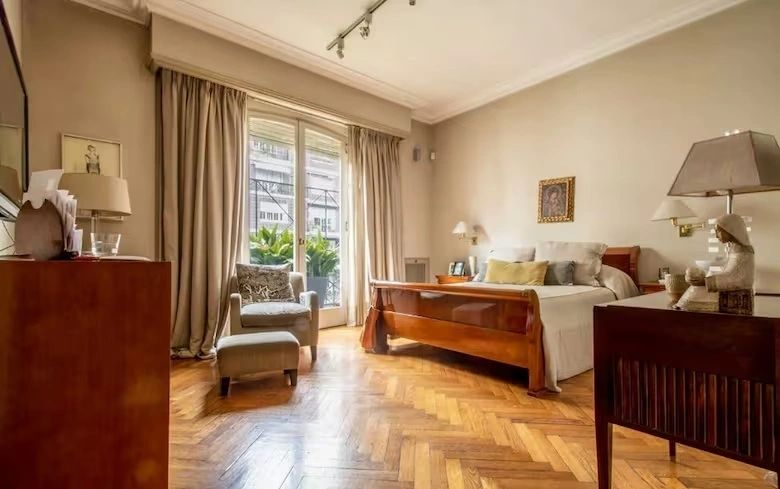
An economical solution to insulate windows is the installation of weather strips.
A new invention
Another trick that has recently emerged is the option of installing transparent film on the window, a thin sheet that adheres to the surface of the glass and also helps with insulation. In Bandeira's words: “It acts as an additional barrier, reducing the transfer of cold or heat between the inside and outside of the house.”He explains that to install it, a soapy water solution is sprayed on the glass surface, which makes it easier to position the film. The film is then placed on the glass and adjusted so that it is properly aligned.
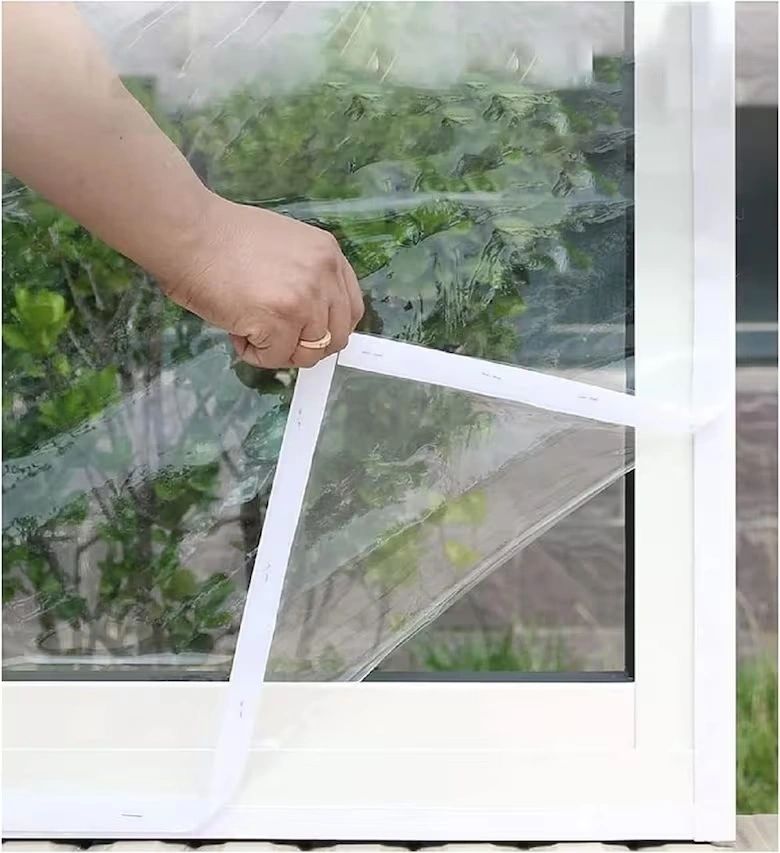
The film that insulates windows from both cold and heat
Does decoration help?
“ It is important to absorb heat and maintain it through porous materials,” says the founder of FA Interiores. She explains that these elements act as air traps: they retain high temperatures and, in this way, function as a good thermal insulator .This is a tool that is used for the structure of walls and ceilings, and the same logic of insulation in the house envelope also applies to decorative materials: “ The more porous they are and the more air cells they have, the warmer the space will be ,” says Bandeira and gives an example: “You turn on a stove and the heat is maintained in the carpets, cushions, curtain fabrics, in the upholstery of the chairs , in the wooden floors, wallpaper, fabrics, on the walls, etc., and it helps to make the space warmer.”
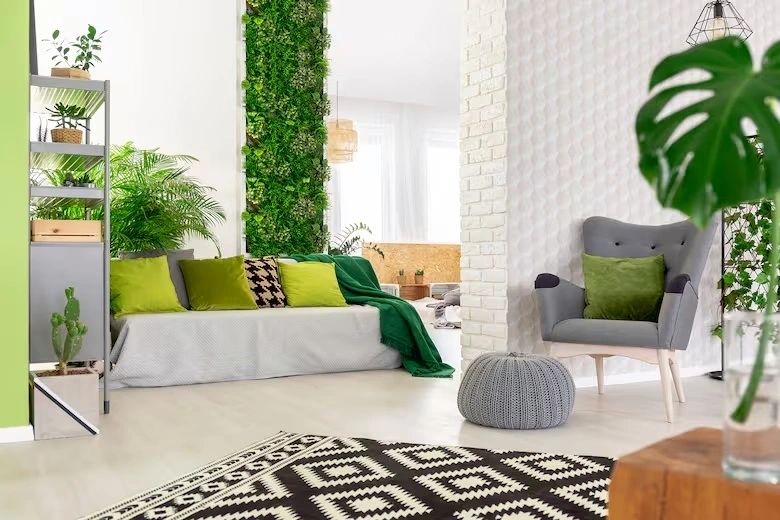
Carpets, cushions, curtain fabrics, among other decorative elements, are good heat storage devices.
The specialist recalls that, in the past, fireplaces played an important role in heating, but the large tapestries and rugs that once decorated houses also played a role in maintaining the temperature. “ Going back to history, in the time of the castles , as there was no heating, all the walls had tapestries, to keep the heat in ,” explains the designer.
Does the location of the house influence?
Regarding the architecture of the house , experts point out that the solar orientation of the house is essential. “It is essential to achieve maximum comfort and energy efficiency from an early stage. We know that the best orientation is towards the north, since, in this way, the house receives the greatest amount of sunlight during the day ,” says Gabriel Joga, director and architect of Grupo 8.66.In this sense, they explain that they place the common areas of the apartment, such as the living room and kitchen, in the sector that receives the most sunlight, while the less used areas, such as bathrooms and laundry rooms, are placed in the shaded parts. In this way, if large windows are installed in the direction of the sun, a lot of natural light and heat will enter during the winter in those most frequented spaces of the house . At the same time, it is advisable that the windows on the south side are smaller, since they will receive less sun and colder wind.
Furthermore, in line with what Bandeira pointed out, they project from the design "the use of high thermal mass materials, such as concrete, brick or stone, in areas that receive direct sunlight, since these materials store heat during the day and release it slowly during the night."
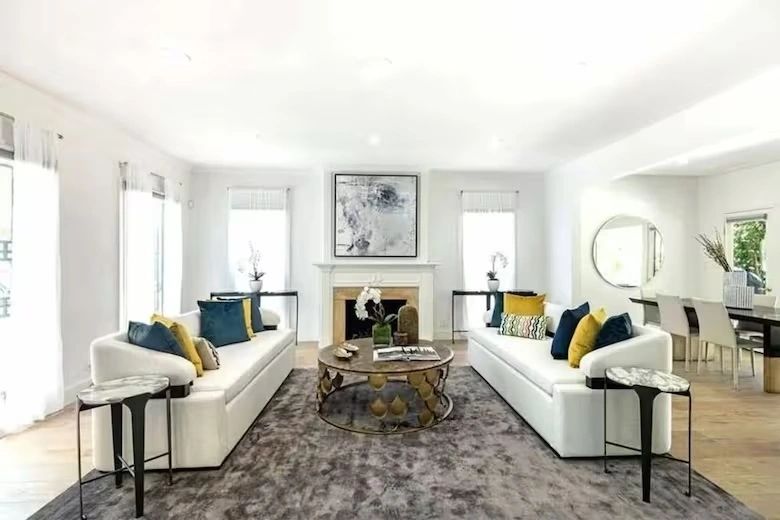
Ideally, the parts of the house that are used the most, such as the living room and kitchen, should face north, because the sun shines strongest from there.
They also explain that the color of the walls plays a role in heat conservation, since, as Grupo 8.66 indicates, “we use light colors indoors to reflect heat and lighting, and darker colors on the surfaces that need to absorb and retain heat.”
What are the areas of the house where the cold escapes the most?
“It is necessary to carefully examine ceilings, walls and floors to ensure efficient thermal insulation and, thus, overcome low temperatures ,” says Federico García Zuñiga, technical consultant at Andima, the National Association of Insulation Materials Industries.The roof is the area of the house through which most of the energy consumption is lost: 40% of the heat escapes through there , as it is the surface most exposed to the outside climate. This is why, “ it is the part of the house where we must redouble our efforts when it comes to thermal insulation ,” explains Andima.

The floors of the house represent 10% of heat loss and it is important to keep them warm, since it is the area closest to the body, especially in children.
Walls are responsible for 30% of heat loss. “Normally, they are not thermally insulated and the outside temperature passes through; for example, in winter, when we touch the walls we notice that they are frozen and we also often see condensation on walls and windows ,” the Association adds.
Finally, the floor, the area closest to the body, especially when it comes to children who play and spend more time there, represents 10% of heat loss.
There are specific materials that guarantee efficient thermal insulation for the home: “Glass wool, expanded polystyrene and polyurethane are ideal for preventing heat from escaping from the home in winter,” says Andima and concludes: “With efficient thermal insulation, you can save up to 35% on total energy consumption and up to 70% on electricity and gas bills used to heat a home.”
www.buysellba.com

